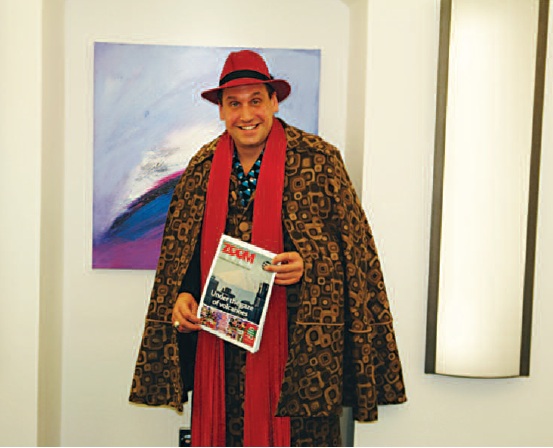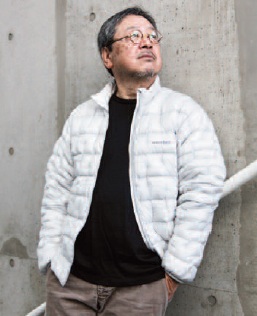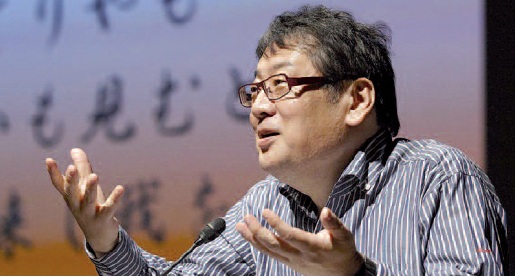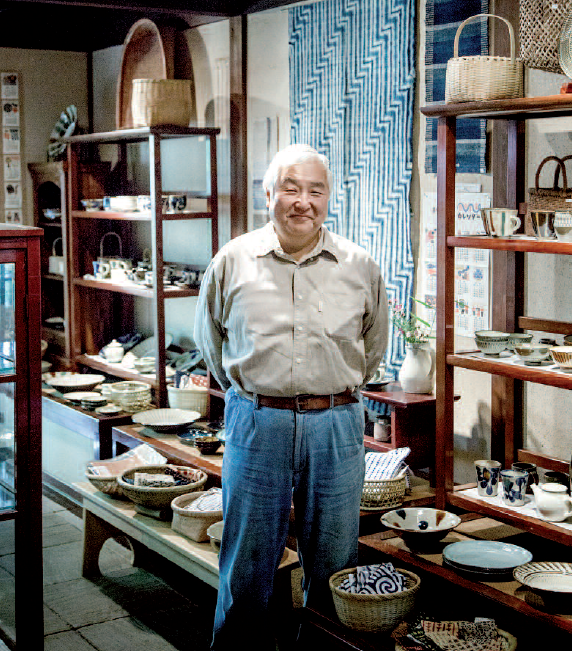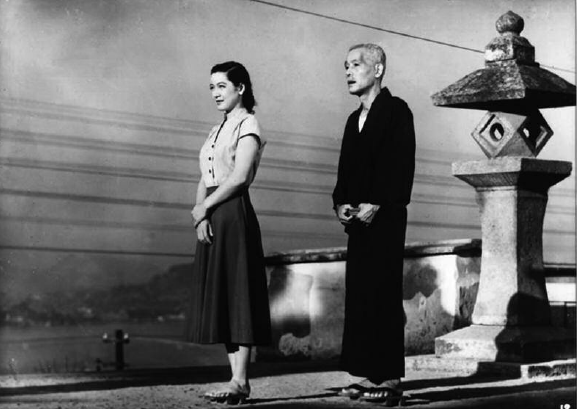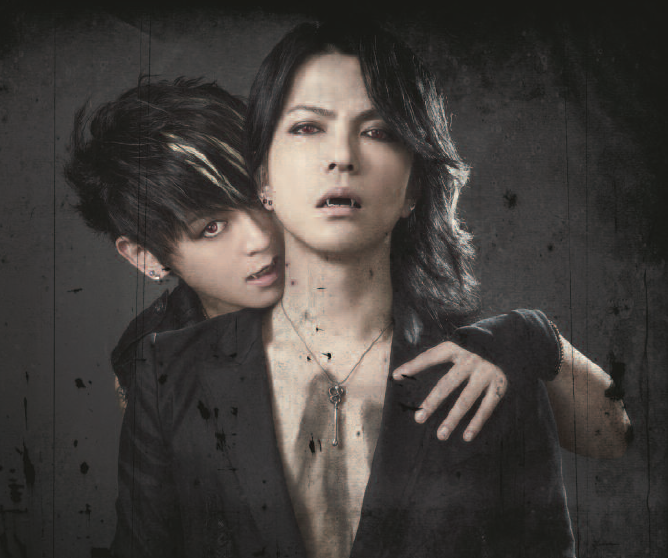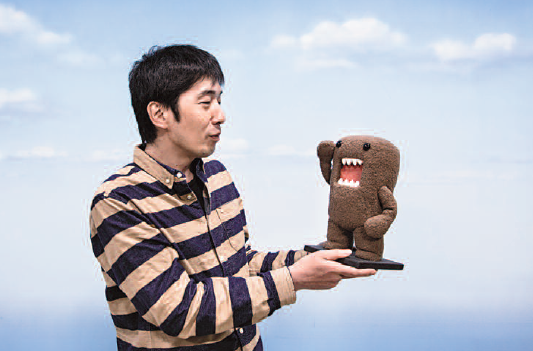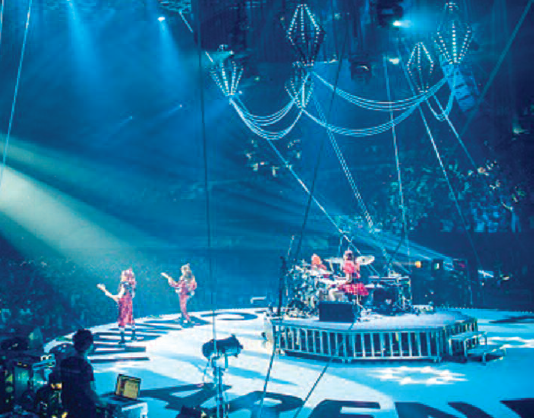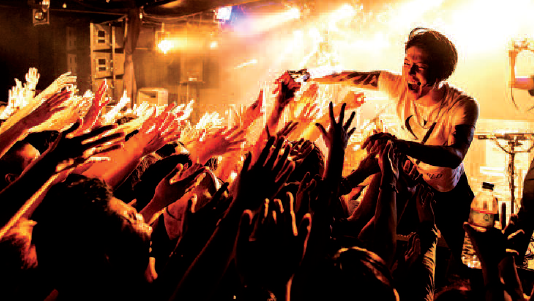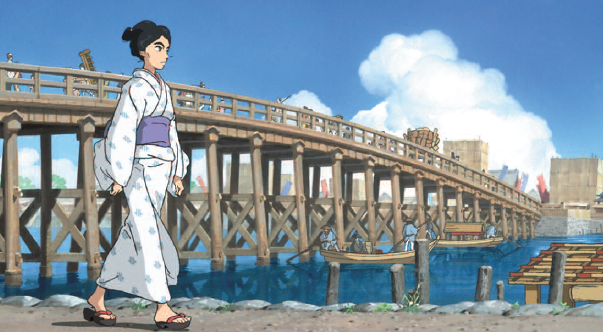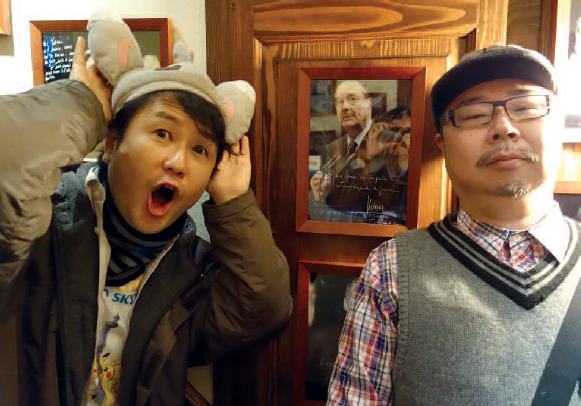
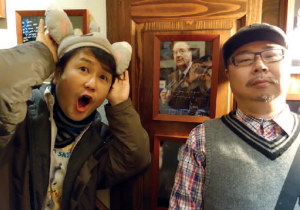 Hidenori Kusaka and Satoshi Yamamoto are the men behind the Pokémon manga series. Zoom Japan met them to talk about about their work.
Hidenori Kusaka and Satoshi Yamamoto are the men behind the Pokémon manga series. Zoom Japan met them to talk about about their work.
Please briefly introduce yourself.
Hidenori Kusaka : My name is Hidenori Kusaka and I work as a creator of manga comics. Currently the series “Pokémon Adventures”, for which I write the story, is being serialized in Japanese magazines. I was born in 1970 and grew up watching Super Sentai and Kamen Rider on TV and fanatically reading the comic strips in Weekly Shonen Jump and Gakunenshi.
Satohi Yamamoto: My name is Satoshi Yamamoto and I am responsible for illustrating the comic Pokémon Adventures. I was born in 1965 in the city of Kyoto and I love cinema (Of all the films I saw last year the one I liked best was Attack the Block) and counter culture music like punk rock.
What was the inspiration behind the creation of the first Pokémon games?
H. K. : I suppose it must have been the fruits of the creators challenging themselves to create a type of game that had never been seen before. When the first games came out I was just a humble player, but they were revolutionary, with fresh new features like capturing and raising Pokémon, exchanging them and pitting them against those of other players, as well as the idea of releasing two versions of the game, Pokémon Red and Pokémon Green, that were compatible with each other. The story of how the games came about and how they became a success has been recorded and published in a number of books, but perhaps people from overseas have not in fact read these?
S. Y. : I only came to work on the manga after the Pokémon games had become such a massive success, so I do not really know about how they were first created.
Pokémon is now a massive franchise loved throughout the world, but does that make you feel any creative limitations as a comic book writer?
H. K. : I didn’t really find any particular limitations. On the contrary, I feel honoured when I think that the stories I write will be read outside Japan too.
S. Y. : Of course there are limiting factors. However, I personally feel a lot more attracted to works where a creator has to try and work within certain limitations rather than those where they are given complete free reign to do what they like, so when I say that there are limits I do not think of them as chains holding me back. I personally think that the most shameful thing any creator can say is to make the excuse that their work could not meet the expectations of its audience because there were limits placed on them.
Are there any characters from the Pokémon universe that appeal to you in particular, and why do you feel so strongly about them?
H. K. : Well, with regards to the Pokémon themselves, I have taken a stance that I love them all equally, so they are all my favourite! Having said that, there are two characters that I became very intimate with after spending so much time with them in the Pokémon Adventures series: Deoxys and Mewtwo. I think that I managed to convey their feelings of loneliness and isolation pretty well. Deoxys in particular left a big impression on me, thanks in large part to the efforts of the illustrator, Satoshi Yamamoto, and his awesome drawings of that character. Looking at the human characters as well, I really cannot decide on one overall favourite there either. There is always a greater pull on my heart from the protagonists of a story that I am currently involved in writing, so at the moment it would probably have to be the stars of Pokémon Adventures Black & White.
S. Y. : My favourite character is Diamond, a main character from Pokémon Adventures Diamond & Pearl/Platinum. I would say that this is because I am not at all fond of the sort of stories where you have superhuman characters with genius like abilities that use their overwhelming power and charisma to change the world. Instead I get great satisfaction from drawing all the way to the end of the kind of more subtle, subdued and non-dynamic shonen manga, where regular kids with no special powers or abilities create something that guides the world in a better direction.
Have you experienced any particular troubles when creating Pokémon adventures Black & White?
H. K. : The serialization of the Pokémon Adventures Black & White saga is still running so I do not feel I can look back over it as a past project. When that story arc is completed I will probably be able to look at it and say things like: “compared to the other chapters this bit is a bit too…” and suchlike. That will be a little while yet though.
S. Y. : When I play the games that the comic will be based on I always have an urge to put in too many of my own personal feelings and thoughts and inadvertently turn the story into a kind of discussion drama. I find it very hard to keep this urge in check. For example, at the time when we started on the Black & White story arc I had recently got a pet dog and was poised to try and project all my knowledge and ideas of how dogs and humans interact in the modern age onto how Pokémon and humans interact in the comic! (laughs)
How did the ideas for the main characters come about, and what is the concept behind the story told in the manga?
H. K. : When creating the character of Black I first thought about what black and white objects the children reading the manga would find around them at home. I soon came to think that perhaps the most familiar would be things like bar codes, 2D codes and QR codes. I initially came up with the image of a protagonist who had the ability to read QR codes with his own eyes. Because he was going to be the star of a Pokémon comic though, I played with some ideas on how this ability could be used in conjunction with Pokémon and the final result was what we see in the comic where Black pairs up with Munna, whose special ability is to eat Black’s dreams and clear his mind so he can find answers. The reason that I made his ultimate goal in this series to win the Pokémon League, something that had not been done in the comics before, was to make it easier to show Black’s antagonistic relationship with the bad guys, Team Plasma, who are a group of activists that want to liberate all Pokémon and turn them loose. In the real world there are many animals that perform in films and on TV programmes. These animals all belong to production companies and are actually performers who go through special training to appear in the media. From quite a while back I had considered that this kind of business must exist in the Pokémon universe too. Because the protagonists in this saga are Team Plasma, a group of activists who campaign to “liberate” all Pokémon and release them into the wild, I thought it would be easy to show the conflict within such a group by having one of the protagonists in a job that was part of the Pokémon media entertainment business.
Regarding the story concept…
H. K. : As with one of your previous questions, because the series is still very much ongoing, I do not feel I should answer this at the moment. When I finally finish the last scene I would hope that the readers will go back and experience all the messages that I have put into each scene and line of dialogue.
Compared to the previous Pokémon adventures series, the black & White story arc feels more aimed at an adult audience. Is this because the series itself has now matured, because the content of the stories is adapting to changes in society or for some other reason? Please let us know your thoughts on this!
H. K. : After playing the games, I felt that the scenarios for Pokémon Black and Pokémon White have a very hard edge to them. I am following the game storyline as I write the comic so it is only natural that the Black & White saga has a more adult approach to it. I think that is to be expected. As I have been doing the Pokémon comics for a long time now it would also not be completely mistaken to say that the series itself has matured somewhat. Someone who was in year 6 at primary school and 12 years old when the comic started running would now be 28 and there are many people like this who are still reading it. The audience goes all the way from around 10 years old right through to people in their late 20s. Despite this backdrop however, I think that the content of each section is ultimately decided by what kind of game the source material is rather than by what we try to do in the comic adaptation.
S. Y. : Well, I have no idea why the original games the comic is based on are like that so I can’t really comment from that perspective. Personally, however, I have never drawn the Pokemon Adventures series with the idea that it must be a comic aimed exclusively at those of primary school age, so I have done nothing in particular to change how things are expressed for the Black & White story arc to make them more “adult oriented”. Having said that, at about the same time I started working on the Black & White saga for the Pokémon Adventures series I was also doing a series called “The new 3 Musketeers” (shin sanjushi) in which the proportions of the characters were a lot taller and more adult like. This, combined with the shift in the age of the protagonists in Black & White from low-teens to mid-teens, may have been one reason for the different feel the series has.
How long does it usually take to complete one episode of the comic?
H. K. : I first have to play through the games and then drop the elements from these into the comic book story, which is an incredibly time-consuming process, so I cannot really describe it in terms of how many days it takes to create one volume or chapter. It is pretty clear though that this is not a quick and easy process.
S. Y. : Usually one episode consists of 24 to 25 pages. The staff responsible for doing the illustrations is just me and one assistant. We start work once we receive the scenario from Kusaka-sensei and spend about a day doing the storyboards, followed by two days doing rough sketches and then between four and seven days taking the rough images up to publishing standard (A day’s work usually lasts between 12 and 15 hours and the number of days required changes depending on how many complicated backgrounds there are in that chapter). So overall it takes between a week and ten days.
How do you think the Pokémon universe will develop in the future?
H. K. : I myself am an enthusiastic Pokémon fan, so I would first like to express my respect and admiration for the people who make the games and how they have managed to maintain such high quality as the series has progressed and expanded. I think they really are great. As a humble Pokémon fan and as the creator of the Pokémon Adventures comic series I will be happy to see the series continue pretty much as it is. But of course nobody can know the future. I think that this future will come down to repeating the simple pursuit of what is interesting and exciting in each individual moment. For myself, I will continue to give all my best efforts to the series while remaining thankful for the joy I get in being a part of the Pokémon brand.
S. Y. : I think I would like to see it expand to become something that both children and adults can enjoy.
Interview by Gabriel Bernard
Photo: Viz Media

